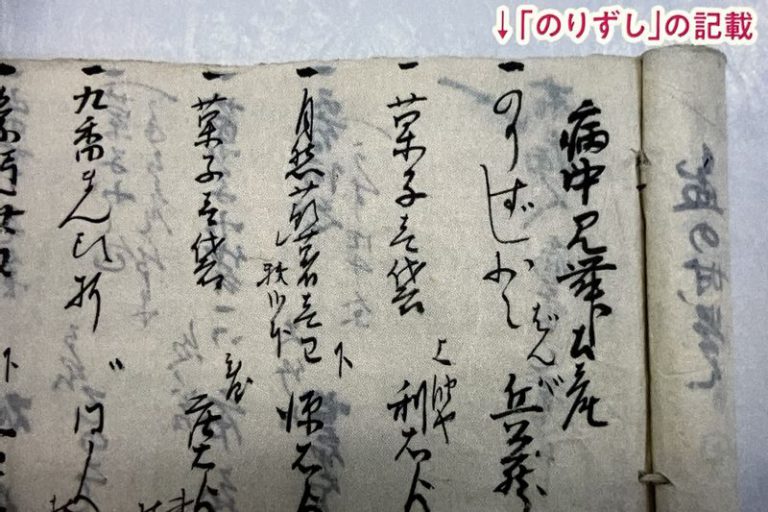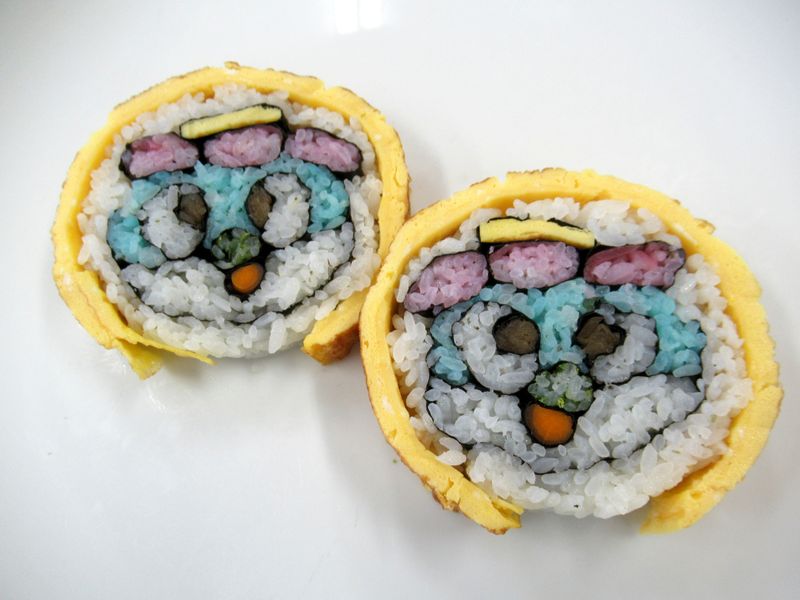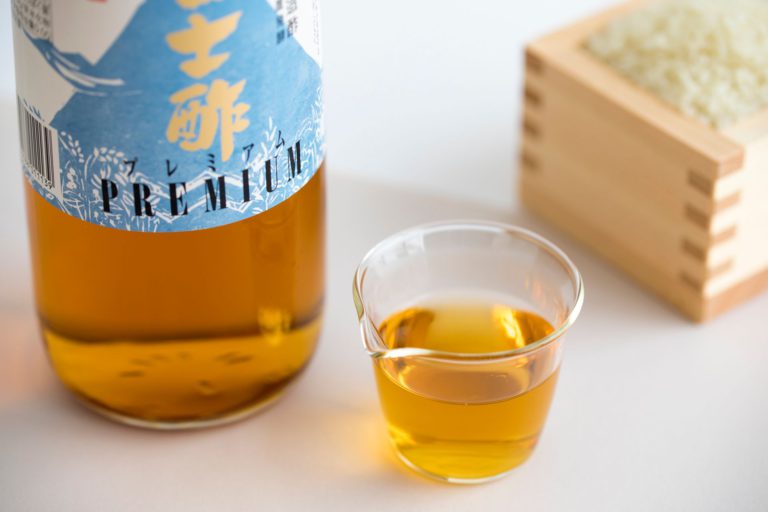The Spirit of Hospitality in Boso Futomaki Sushi Designs

Seaweed cultivation and its impact on the food culture of the Boso region
Nori is an essential ingredient for futomaki sushi. Before uncovering the origins of Boso Futomaki Sushi, let us look at the history of seaweed cultivation in Chiba Prefecture.
Seaweed cultivation traces its roots to Kimitsu in the Inner Boso Region. In Bunsei 5 (1822), Jinbei Omiya, a seaweed merchant from Edo, turned his attention to the Koito River that flows through the city. With the help of locals in Hitomi, Kimitsu, he successfully cultivated seaweed in shallow waters. Branded as Kazusa Nori, it earned a strong reputation in Edo.

Sushi, which flourished as part of Edo’s food culture, spread to the Boso region during this period and began to be served at weddings, funerals, and other ceremonial occasions. Old records from a magistrate’s office in Sodegaura, a direct territory of the Edo Shogunate, mention that hanazushi was served at a wedding held in Bunsei 12 (1829) in the region. Another record from Tenpo 4 (1833) notes that norizushi was a gift for someone recovering from illness. At the time, nori and white rice were expensive and highly valued, making sushi a fitting dish for special occasions.

Kazusa Nori, originating in the Koito River basin, gradually came to be produced across a larger area, chiefly in the Inner Boso Region. By the Meiji era (1868–1912), seaweed cultivation had spread to Kisarazu, Sodegaura, and Ichihara. Production increased along the Inner Boso coastline, and unique local practices emerged, such as using damaged nori unsuitable for shipment or collecting drift seaweed blown ashore by strong winds from the cultivation area. Over time, households began making norimaki, which became a staple for special occasions like weddings and funerals.

As norimaki gained popularity, a new creation emerged: futomaki sushi made by bundling multiple thin norimaki rolls together. The sliced patterns of futomaki sushi varied greatly depending on the number of thin norimaki rolls used and the choice of ingredients. Between the Taisho era (1912–1926) and the early Showa era (1926–1989), simple designs like futatsudomoe (two swirling shapes), mitsudomoe (three swirling shapes), and sanshokumaki (three-colored rolls) were developed, giving rise to what became known as traditional sushi designs.
Where seaweed and rice come together: the flourishing culture of futomaki sushi
In Ichihara, part of the Inner Boso Region, the Yoro River estuary was identified as an ideal location for seaweed cultivation through a survey by the Chiba Prefectural Fisheries Experiment Station in Meiji 33 (1900). From that point, the area thrived as a central hub for seaweed production. In addition to seaweed, the region also produced rice and kanpyo (dried gourd strips), fostering the spread and evolution of futomaki sushi culture within households.
From the Taisho era (1912–1926) to the early Showa era (1926–1989), homemakers began creating futomaki sushi designs with various motifs. Colorful patterns such as tulips, two flowers, turban shells, and swirls emerged during this period. As prosperity grew in the post-war era, the patterns became increasingly intricate—almost competitively—eventually evolving into the elaborate aesthetic of modern decorative bento boxes (deco-ben).

In the Showa 40s (1965–1974), futomaki sushi underwent a significant transformation. Ine Mizuno, a native of Kimitsu, introduced a wave of innovation with her creative designs. Her imaginative ideas, including Little Red Riding Hood, Ebisu (the god of good fortune), and a panda, brought a fresh perspective to the art of futomaki sushi. Mizuno’s greatest achievement, however, was her openness in sharing her recipes. At the time, there was a strong tendency to keep patterned sushi recipes a closely guarded secret. In contrast, Mizuno actively held workshops and enthusiastically promoted the charm of futomaki sushi throughout Chiba Prefecture.

Building on this background, Etsuko Ueda, a certified nutritionist and head of the cooking studio Healthy Cooking in Ichihara, has been working to uncover the roots of Boso Futomaki Sushi, a local specialty.
Drawing on years of fieldwork, Ueda has proposed that the origins of Boso Futomaki Sushi can be traced back to the traditional sushi of the Inner Boso Region. She also leads the Society for Promoting Boso Futomaki Sushi and actively engages in a variety of initiatives, including organizing workshops for local elementary school students to share and celebrate this rich tradition.

“For classic designs, we might depict the Chinese character for ‘celebration’ during a Shichi-Go-San festival or create a design of hina dolls for the Doll Festival. At weddings, the Chinese character for ‘longevity’ is often used as a motif. On the other hand, for funerals, it is customary to use more subdued color patterns,” Ueda explains.
Born and raised in Ichihara, Ueda reflects on her memories of Boso Futomaki Sushi.
“My father ran a food-related business and was well-known in the community, and so people often gave us Boso Futomaki Sushi. Back then, the sushi rice was seasoned very sweetly, almost like candy. But at a time when sugar was a precious commodity, that sweetness made it an extraordinary treat.”
Examples of futomaki sushi with various designs created by Etsuko Ueda.




Passing down the heart and tradition of Boso Futomaki Sushi to the next generation
Ueda holds the Boso Futomaki Sushi Class three times a month, aimed at teaching younger generations to preserve the traditional techniques of Boso Futomaki Sushi. One of the patterns she frequently demonstrates in class is the “plum blossom,” a classic design representing plum flowers that is easy for beginners to recreate.

“The Inner Boso Region was once a major seaweed production area, but today, production volumes are no longer what they were at their peak. In Ichihara, seaweed production ended in the Showa 30s (1955–1964) due to large-scale land reclamation projects. While we can only look back on past landscapes through photos and videos, the tradition of Boso Futomaki Sushi, born in the Inner Boso Region, can still be passed down. Thinking about that strengthens my resolve to continue preservation efforts,” says Ueda.

Boso Futomaki Sushi is a delight to see, a joy to make, delicious to eat, and healthy. It is a true symbol of the spirit of hospitality born in the Inner Boso Region. The thoughtful designs created by those who came before us have been lovingly preserved by devoted individuals like Ueda, ensuring this cherished tradition thrives today.













